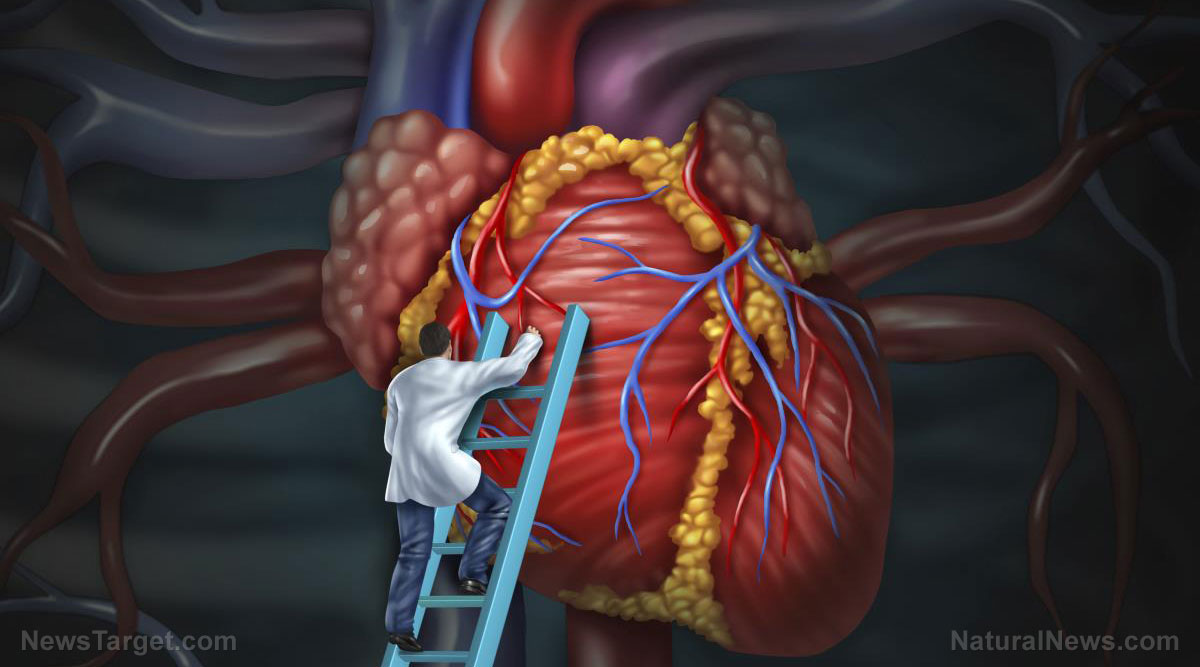
Organ transplantation, a medical procedure in which a damaged organ is replaced with a functional one, has always been risky due to its complicated nature. Transplants may be able to remove the diseased organ immediately, but its process is more complicated than people think. There is an insufficient number of compatible or quality organ donors, so some people may have to wait a while before receiving one. Transplants sometimes require more than one surgery, which is first and foremost, costly. Removing donor tissue causes pain, discomfort, and sometimes disfigurement in the donor. Furthermore, medications such as analgesics and anti-inflammatory medicines are needed to mitigate transplantation side effects. Other even have to endure a lifetime of immunosuppressants so their bodies won't reject the donor organ.
On the bright side, the relatively new field of science called regenerative engineering focuses on repairing the tissues and organs by means of polymers derived from natural mediums to eliminate the need for organ transplantation. Earlier studies in tissue engineering which involved toxic chemicals and non-biocompatible substances failed in this regard. The need for new techniques in repairing tissues and organs led to the study conducted by researchers Richard T. Tran and Jian Young from the Pennsylvania State University, and led by Guillermo A. Ameer, a pioneer in regenerative engineering from Northwestern University's Biomedical Engineering Department, Department of Surgery, Chemistry of Life Processes Institute, and the Simpson Querrey Institute for Bionanotechnology.
Biomaterials, which are basically any substance engineered to interact with biological systems for a medical purpose, are the focus points of regenerative engineering. Ameer's study finds the different applications of citrate-based polymer, all of which are in the department of human health. Citrate-based polymers are derived from the citric acid in citrus fruits, which have all the required properties of an excellent biomaterial – it is biodegradable, inexpensive, safe, elastic, is non-toxic to humans. Furthermore, citric acid is an antioxidant, which is vital to repairing tissue damage caused by oxidative stress.
Benefits of citrate-based biomaterials include compatibility with human cells and blood and its ability to accelerate healing (antioxidant property). It can safely adhere to other molecules within the body (antimicrobial) and has the ability to conform to the shape and depth of a wound (elasticity), therefore uses such as tissue barriers and dressings can benefit from it. Citrate-based biomaterials can also be formulated into 3D printer inks to create medical structures at high resolutions. It also has a fluorescent property, which, when combined with target medications, illuminate brightly in bio-images.
Citrate-based polymers can be used on the body's internal systems which include the bladder, blood vessels, perivascular membranes, bones, ligaments, cartilages, and nerve guides. Biomaterials like these can also be manufactured into bioglues, tissue barriers, and dressings that hasten wound healing.
Biomaterials such as the citrate-based polymer is cost-efficient in production, and can be engineered without the use of toxic chemicals that cause harm to humans. With technology like this, there are innumerable possibilities in restoring the health of an individual without having to go through invasive techniques that complicate health further. Furthermore, chemical drug use will be limited, especially in recovery from surgery.
Sources include:
BME.PSU.edu[PDF]
Please contact us for more information.























